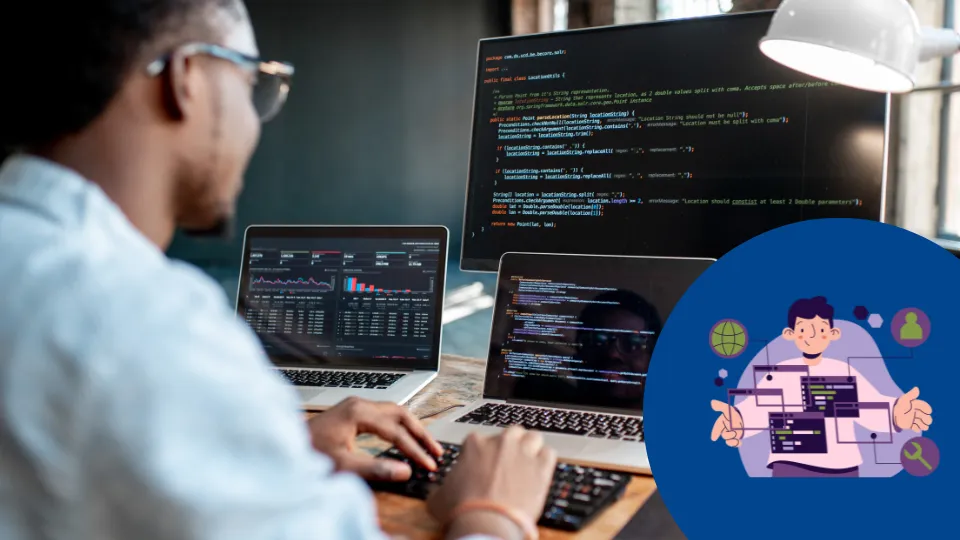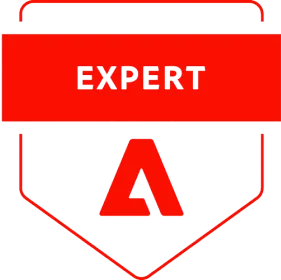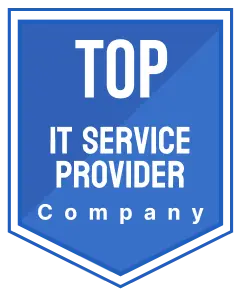The fact remains, the software development field is changing extremely quickly as we move into the future, from the use of cutting-edge tools and methods to the birth of newly arisen technologies that will transform how software is built, deployed, and used in 2030. Now we will actually see—literally, what does this actually imply about these software developers, companies, and their users in the real world?
1. AI and Automation: The Real Future Coders?
By 2030, literally the role AI will play in coding is truly estimated to be critical. Where developers are writing all of the code today, what might be imaginable is that in the future an AI might hold the baton of writing as well as optimizing the code with as little human input as possible. What is more, AI-driven functioning uses automatic completion tools before GitHub Copilot, but meanwhile, they seem to have started paving the motorway of automation around development activities.
Real-life Example: GitHub Copilot was released in 2021. That has already started helping the developers by suggesting code snippets in real time, thus making coding faster. Such a thing will be far more advanced by 2030 and should be able to predict whole functions and algorithms with simple inputs.
This may further help in debugging and identifying performance bottlenecks in ways that humans simply cannot, which is an essential feature for larger, more complex applications. Developers could thus spend more time on higher-level design and architecture and less on coding tasks.
2. No-Code and Low-Code Platforms Major Evolution in Software Development
With no-code and low-code development, then software development has become a very easy job. They involve user interfaces that are super friendly, with just a drag and a drop and are usable even by those who barely know how to use a computer. It seems that some people build new houses while having fun with Lego games.
Real-life Example: Platforms such as Bubble, OutSystems, and Adalo are literally already huge noise in today's world of software. Today, it allows any business owner, marketer, or even a student to build apps and websites without writing a single line of code. As the technology matures, we would expect that these platforms become much stronger with the ability to tackle more complex enterprise-level applications.
Low-code/no-code tools for application development might become the standard by 2030, thereby making more and more people able to build their own digital solutions independent of traditional developers.
3. The Cloud becomes the Default Environment
This technology has already transformed the ways of storing data, running applications, and collaborating. Yet, by 2030, cloud-native development will actually be normal: software will no longer be developed for truly specific servers or machines to run on, but rather developed from the beginning keeping the cloud in mind.
Companies like Netflix and Airbnb have used cloud computing to grow their services on a global level. For example, Netflix sustains a vast multi-user system based on a cloud infrastructure. It is a platform used by millions of individuals worldwide without experiencing any issues at all. The majority of software will be written with cloud architecture in 2030 so more seamless global services are developed further.
It will actually become easier for developers to truly compose scalable applications that can actually work across different cloud providers and on-premise infrastructure, with the true rise of multi-cloud and hybrid cloud environments.
4. Quantum Computing: The Game-Changer for Developers?
Quantum computing is yet truly another phenomenal field that in the 2030s shall literally change the dimension of actual software engineering. Still, developing, a quantum computer is capable enough to solve such numerous problems, that the new computers are not able to find a solution for, such as processing giant data in one instance of several seconds.
Though we’re not quite there yet, by 2030, software developers might be using quantum computers to truly solve complex issues in areas like encryption, logistics, artificial intelligence, and also in climate modeling.
Real-life example: Companies such as IBM, Google, and Microsoft are already doing quantum computing research. IBM has a cloud-based quantum experience which it uses to provide a quantum algorithm-writing opportunity to developers. These developments will become mainstream in the near future this decade-when developers will be able to work on applications that use quantum computations with normal computing.
5. More Collaborations, More Work Remotely
From the COVID-19 pandemic, new trends of remote work and distributed teams exploded and will be continuing to shape the future of software development. Developers will work with all-around the world teams, supported with cutting-edge collaboration tools that negate geography, by 2030.
Additional new tools are introduced apart from Slack, GitHub, and Jira: it will help provide virtual workspaces for the collaboration of coding, debugging, and testing, especially in real-time, and they might include AI or other such technology in order to enrich communication as well as workflow.
Real-Life Example: GitLab & Basecamp, among others, have, in the past, shown the ability of remote-first companies to achieve success in distributed development teams. As technology advances, more companies will follow this model by using cloud-based development environments and AI-powered collaboration tools.
6. Security First: The Truly Rise of DevSecOps
The more complex the software, the greater the risk. As more personal data is stored online and more applications handle sensitive information, security will literally be at the forefront of every software development cycle.
By 2030, we actually expect the DevSecOps model, a truly fusion of development, security, and operations, to be in place. Developers will then incorporate security practices into every stage of the software development lifecycle-from planning to deployment.
Real-life example: DevSecOps is already being done by firms such as Adobe and Twitter. The end of this decade will witness security not tacked on the end but being built in from day one.
7. Blockchain and Decentralized Software Development
Blockchain technology is perhaps most associated with cryptocurrencies, but by 2030, this will likely find more extensive uses in software development. DApps and smart contracts will be part of the mainstream as they offer software solutions that can be safe, transparent, and open.
Real-life Example: Ethereum, the blockchain network, already enables developers to build decentralized applications. More industries, from finance to supply chains, will rely on blockchain technology in the future to create more secure and transparent software systems.
Conclusion
Software development literally will become more intelligent, more adaptive , and integrated into our daily lives by 2030. With actually the developments in AI and also in cloud tech, the future comes promising free-flowing, efficient systems. It is a really exciting time for developers to shape what's next!
Get in touch to know the upcoming developments!

_thumb.webp)
_thumb.webp)
_thumb.webp)

_thumb.webp)













